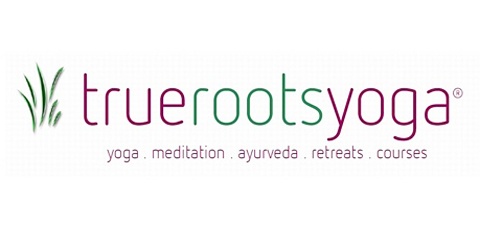As legend tells, the Greek solider Pheidippides in 490BC ran 26.2 miles from the Battle of Marathon to Athens to report news of victory—and then he promptly dropped dead of exhaustion. If you want to avoid the same fate when you run a marathon, then the first thing you need to do is read this article.
As with any long distance run, the marathon is all about building up stamina over the course of weeks or months. Therefore, the key to success is quite obviously preparation. Anybody can run a marathon if they give themselves enough time to train and attack their aim with determination and vigour. With that in mind, here is a quick primer on how to prepare for a marathon, one mile at a time.
1. Create a Timetable (Or Find One Online)
The amount of time you will need to train for a marathon, completely depends on your current level of fitness and running ability. If you are a beginner with a good level of fitness who runs short distances occasionally, you will still probably need 15 to 20 weeks or so to build up to 26.2 miles. If you are unfit and don’t even own a pair of running shoes, then you might want to think about taking 9 months or even a year to build up the necessary fitness levels. If you know absolutely nothing about running, then you will probably benefit from finding a marathon training timetable online (available on many marathon enthusiasts’ blogs or from big outlets like Runners’ World).
2. Consult Your Doctor, Then Ease In
It is probably a wise decision to let your doctor know about your plans to run a marathon, as he or she may have certain concerns or pointers to give based on what they know about the state of your health. For example, your doctor may recommend you start training on treadmills so that you can ease in your joints. A treadmill tends to automatically correct faults in your stride and foot strike, so you can make good habits early on and transfer them to the pavement when you are ready.
3. Increase Your Runs Steadily
Long distance running is all about building endurance, and endurance does not come quickly or easily. Any sensible marathon timetable therefore should slowly increase the length of your runs, starting off at a mile a week increase and possibly increasing to a 2 mile awhile increase once you have reached a half marathon. However, don’t let your timetable dictate what your body can manage. If you are genuinely struggling to finish 5 miles for example, do not move on to 6 miles the next week. Take your time and work on conquering the level you are at before progressing. Otherwise, you will find yourself in too deep. Once you get to the latter stages of training (running upwards of 15 miles per training session), you need to take your rest days seriously. Ensure that you are taking breaks between runs and even take several days or a week of rest if you run upwards of 20 miles. Otherwise, you are setting yourself up for injury and exhaustion.
4. Watch Your Nutrition
Training for a marathon is not just about exercise—it is a holistic process that requires you to care for both your body and mind. A key part of this is nutrition. You need to be eating a fair amount to compensate for the calories lost, and also eating a diet specialised to long distance runners. This means a fair amount of carbs and a lot of protein to help your muscles repair and grow. Again, consult expert advice—pro publications like Runners’ World, Cool Running, Men’s’ Running and Women’s Running will help you out with tips and diet plans.
5. Slow Down in the Weeks Prior to the Race
Once you have hit the 20 or 25 mile mark in your running, you know that you will be able to complete the race. Therefore in the weeks preceding your marathon, you should tone down your exercise regimen to give your body time to rest and rebuild prior to the final run. Run shorter distances–no more than 10 kilometres—and get yourself mentally in the zone. After months of training, don’t blow your chances by overexerting yourself in the final stretch.
This is a guest post by Marianne Ross, a freelance writer and fitness enthusiast. You can read her articles on different blogs and websites.
How To Prepare For Running A Marathon
in General Friday, January 1, 1999








